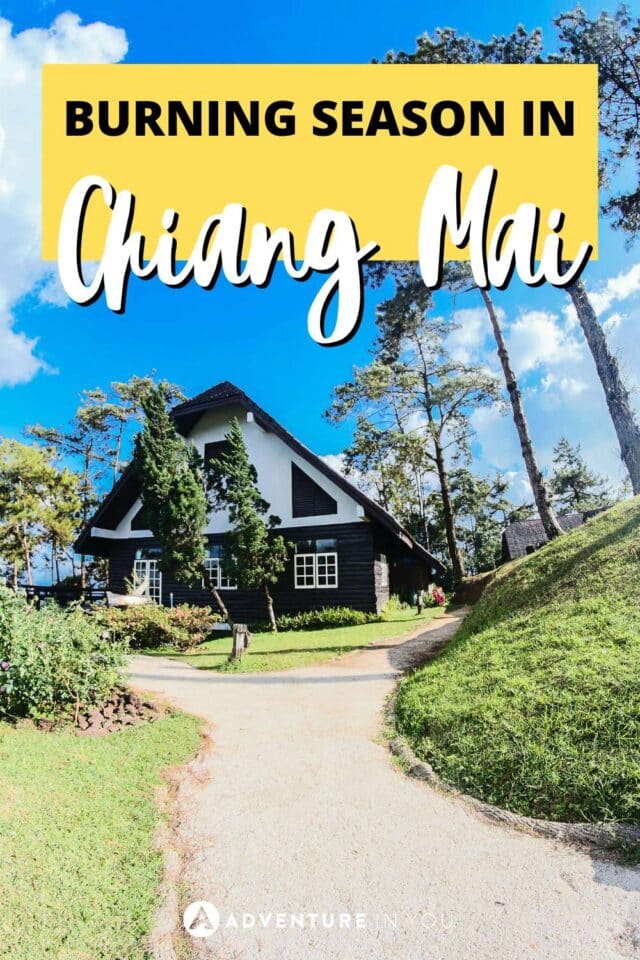Wondering what it’s like to experience the burning season in Chiang Mai? In this article, I will walk you through everything I know as well as my top safety tips.
While living as a digital nomad in Chiang Mai for several months, I considered staying long-term. However, after talking to so many expats and locals, I decided burning season in Chiang Mai was not for me.
So I left, and planned to return once the smokey season in Chiang Mai was over! However, I have researched the topic extensively and have friends who have given me their two cents.
Chiang Mai is my favorite city in Thailand and one of my favorite cities in the world. Regardless, I grew up in Southern California where we have frequent wildfires. I know how miserable it is to breathe in smoke for days on end, let alone months.
Burning season in Chiang Mai lasts for months, starting in early November and sometimes going through April, depending on the year.
February through April tends to be the worst of it, though. Last year was particularly bad, but some years are less so. It depends on how much rain and wind there is.
The impact of the burning season in Chiang Mai can be severe for expats and locals alike. Firstly, you need to know what months to avoid visiting and what to expect if you’re in Chiang Mai during the burning season.
It’s also important to consider tips for how to stay safe from poor air quality. In this guide, we’ll cover it all!
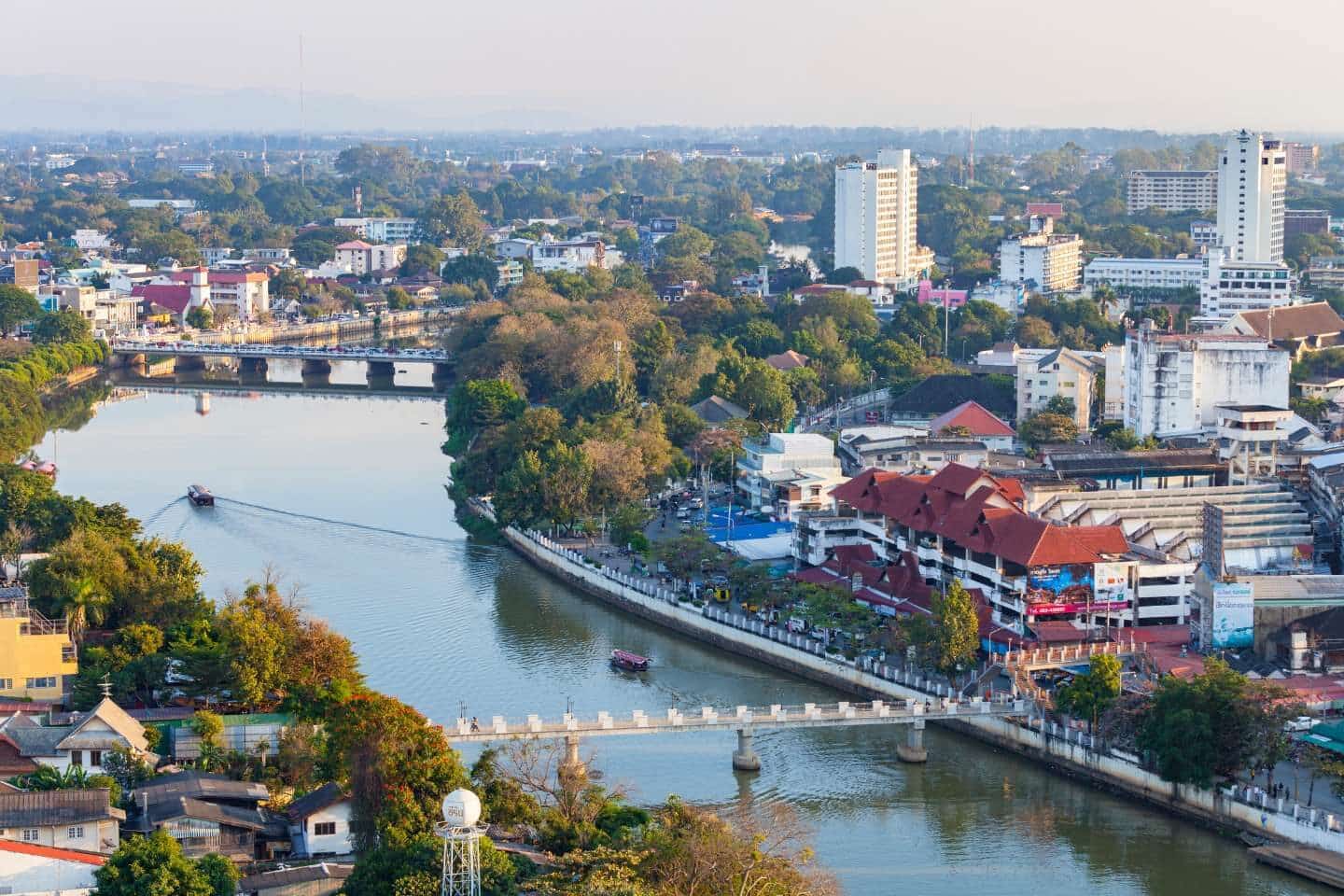
View Contents
When is Burning Season in Chiang Mai?
Burning season is an unavoidable part of life in Chiang Mai, and travelers should be aware of when it starts so that they can plan accordingly. If you can avoid visiting Northern Thailand during the peak of the burning season – usually February to April – you should.
The burning season in Chiang Mai doesn’t have a set start and end time, it just depends on the weather and when farmers start burning their fields. February to April tends to be the worst months for smog and air quality in Chiang Mai. This is due to minimal rain and high temperatures.
Agricultural burning starts as early as November and December once the rainy season ends and continues through April. By February, locals are beginning to feel the full effects of the Chiang Mai burning season.
March brings more of the same until rains usually start around the end of March or the beginning of April. These rains help clear some of the smoke from burning season and farmers can’t burn anymore when it’s too wet out.
Temperatures begin to dip lower again in mid-April right before Thai New Year (Songkran Festival), which marks a turning point for rainfall and air quality in Chiang Mai.
I’ve been traveling full-time for over 2 years and often prefer to visit places during low season, but I would not want to visit Chiang Mai during the peak of the burning season. I don’t care how low hotel prices get!
You can check the current air quality of Chiang Mai and the air quality forecast here.
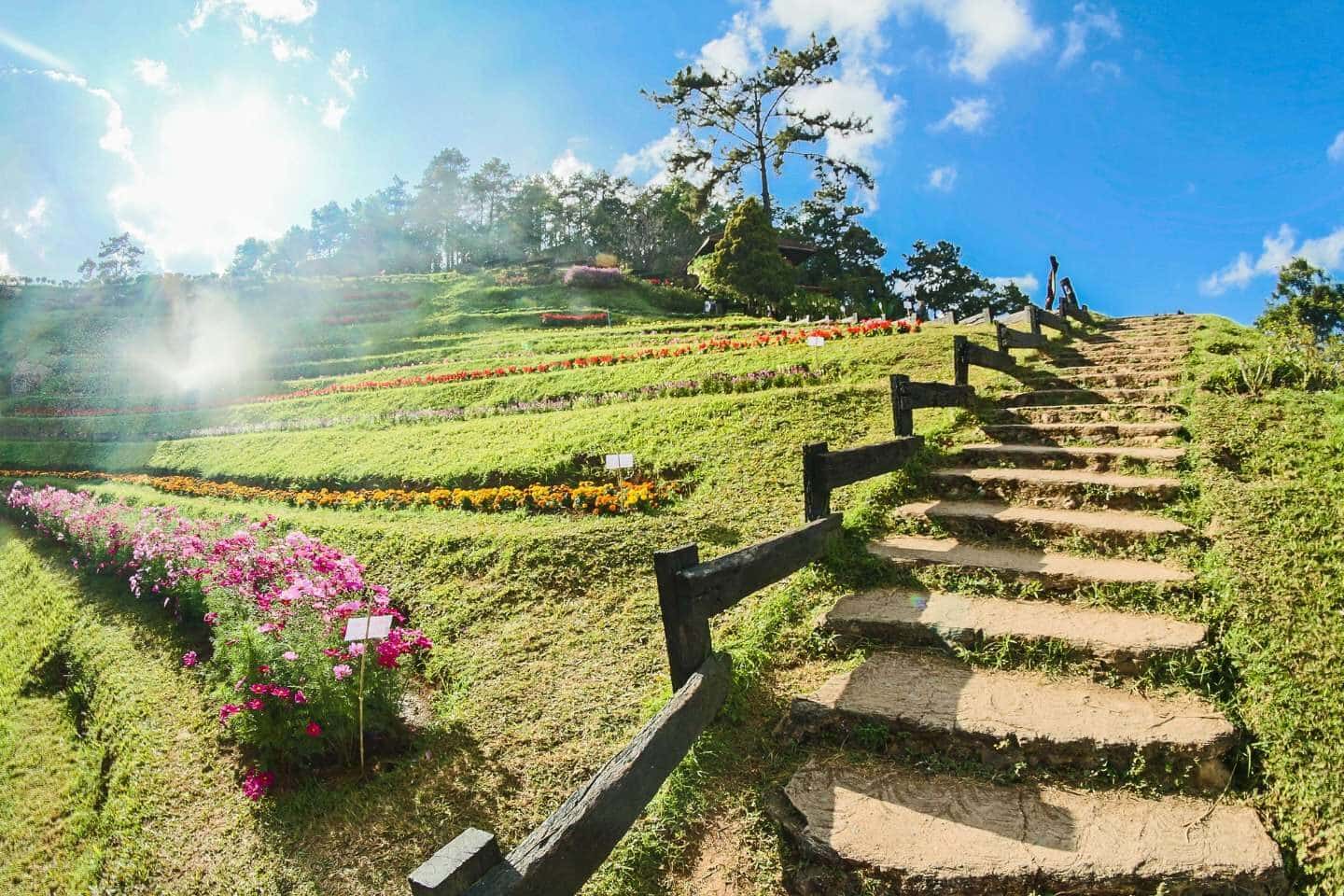
✨The 1 Thing We Never Leave Home Without…✨

Coming from someone who has been traveling the world for the last 8 years AND has been in the hospital 2x, travel insurance is something everyone NEEDS to get. Get a quote below!
What Causes Chiang Mai’s Burning Season
The burning season is caused by numerous factors, the most prominent ones being farmers burning unsold crops and biowaste during the dry season. This burning of cultivated farmland is often used to prepare the land for their next crop and also to clear underbrush.
Additionally, many of these farmers burn the land to grow mushrooms that are sold in the markets in Thailand and abroad.
While slash-and-burn farming is in the process of being banned due to its environmental impacts, it remains a popular cost-effective way to prepare land for farming purposes.
The burning of crops in Thailand is only made worse by the country’s unregulated pollution from motor vehicles.
To make matters worse, nearby countries such as Myanmar and Laos also utilize these agricultural burning practices, and the pollution often blows into Northern Thailand.

How Bad is Smoke Season in Chiang Mai
The burning season is an annual occurrence in Chiang Mai that should not be taken lightly. It’s BAD!
In 2024, the burning season was especially bad from February to mid-April. Chiang Mai ranked as the world’s most polluted city for more than a week straight. Thousands of residents went to the hospital for treatment and the hospitals struggled to handle the surge.
But, the year before, locals barely noticed any change in air quality. You never know how it’s going to be.
Locals often complain of sore throats, itchy eyes, coughing, sneezing, chest pain, and shortness of breath during Chiang Mai’s smoke season.
I grew up in Southern California where we have wildfires annually, with a few days or weeks of extreme smoke – I can’t imagine dealing with that for months!
I’ve talked to a lot of people who stayed in Chiang Mai for the burning season, and they all tell me how miserable it is. Most expats leave Northern Thailand for 1-3 months during the peak of the burning season.
The ones who don’t tell me they hardly go outside and stay glued to their air purifiers. March is usually the worst month.
The smoke from burning fields and mountainsides creates a murky haze that can be seen for miles throughout the city. Imagine you’re hiking up to the Doi Suthep temple and breathing in all that smoke, only to reach the top to find the view is completely obstructed by smog. Yuck!
What’s more, this smoke has been found to contain high concentrations of particulate matter, which when inhaled can cause respiratory issues and further weaken an already compromised immune system. It’s especially harmful to children, the elderly, and people with asthma.
The effects of the burning season are especially felt in March. This is the one month many foreigners try to get away from Chiang Mai due to its extreme temperatures and smog levels.
In fact, a study done by the University of Chiang Mai found that air particulate concentrations during March often exceeded World Health Organization guidelines by a factor of 4-5 times!
To put it bluntly, if you’re visiting Chiang Mai during this time of year, make sure you invest in some good air purifiers or face masks as protection against the smoky air.
The situation isn’t much better in nearby cities like Chiang Rai either; they experience similar levels of pollution during the burning season due to being relatively close by.
It’s important to note that while there have been efforts to mitigate future burning seasons (it’s in the process of being banned), the practice of agricultural burning still takes place all over Thailand and Southeast Asia.
All in all, if you’re considering visiting Thailand during the burning season, you should strongly consider taking extra precautions. Stocking up on face masks while packing or even postponing your trip until later in the year when air quality has improved is a good idea.
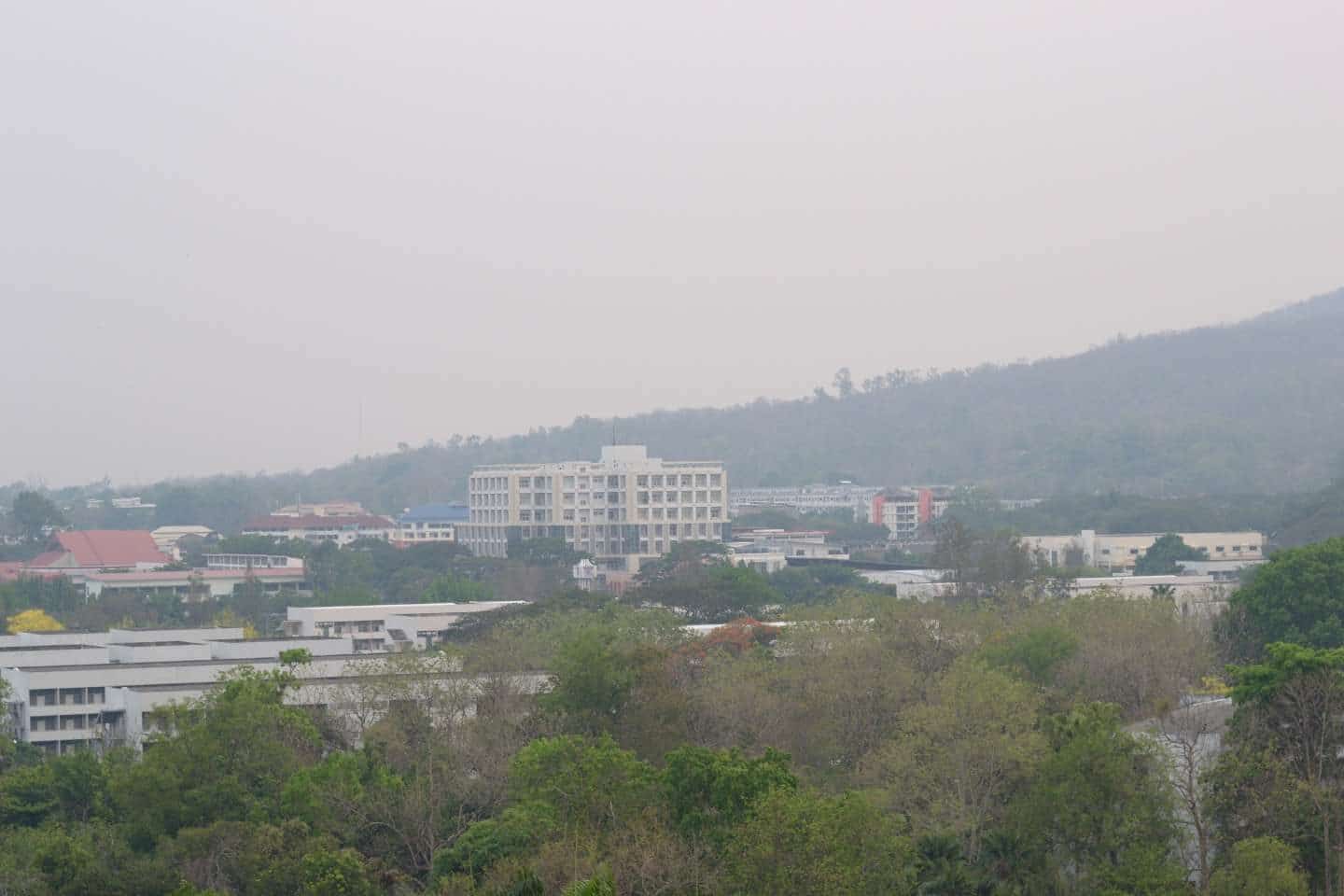
Psst...Want in on a Secret? 🤫

We've scoured the internet for the best ALL-AROUND travel shoe and Tropicfeel wins by far. We've taken ours through rivers, jungles, and cities and they're still alive and kickin'. Check them out below.
Tips for Protecting Yourself During Chiang Mai Burning Season
Ideally, you will avoid visiting Northern Thailand during the worst of the burning season. Many expats who live in Chiang Mai head to Phuket, Koh Samui, and other islands to wait out the smoke.
But, if your trip to Thailand is during this time and you don’t want to miss the incredible north, there are some things you can do to protect yourself from the worst of Chiang Mai burning season.
1. Monitor the AQI levels on a daily basis when planning your outdoor activities for the day.
2. Limit outdoor activities and avoid exercising outdoors when air quality is poor.
3. Stay hydrated and well-rested with plenty of time indoors.
4. Ensure your hotel room or accommodation is equipped with an air filter system to reduce the amount of particulates in the air.
5. Wear an N95 face mask whenever you’re outside especially if you plan on doing any intense physical activity such as biking or running.
6. Get around by car (with the windows up) instead of open-air tuk-tuks and motorbikes.
7. Buy an air purifier if you plan on staying in Chiang Mai for an extended period of time.

Best Time to Visit Chiang Mai
The worst time to visit Chiang Mai is during the peak of the burning season which is usually February to April (with March typically being the worst month).
I visited Chiang Mai during the dry season and lived there during the wet season, and I enjoyed both seasons.
So, let’s talk about the pros and cons of visiting Chiang Mai during the dry vs rainy season!
Dry Season Pros and Cons
The dry season in Chiang Mai (November – February) is generally considered the best time to visit, and the burning season doesn’t usually get too bad until late February and March.
The days are sunny and temperatures are much cooler, making it perfect for outdoor activities such as trekking and biking. However, this is also the most popular time for tourists, so prepare for higher prices and larger crowds.
Rainy Season Pros and Cons
Conversely, the wet season (May – October) has its advantages and disadvantages.
On the plus side, there is less air pollution in Chiang Mai due to increased rainfall which helps wash out the particulates and other pollutants from the air. This makes it a great time to go outdoors without having to worry about air quality.
Accommodation prices can be lower during this time as demand drops off during these months.
On the other hand, some trekking routes may be closed due to landslides resulting from heavy rainfalls.
I recently lived in Chiang Mai for 3 months during the rainy season and I loved it. It didn’t rain every day and rarely rained for more than an hour at a time.
Because most tourists avoid the rain, the city was uncrowded, and I got great deals on my apartment and motorbike rental.
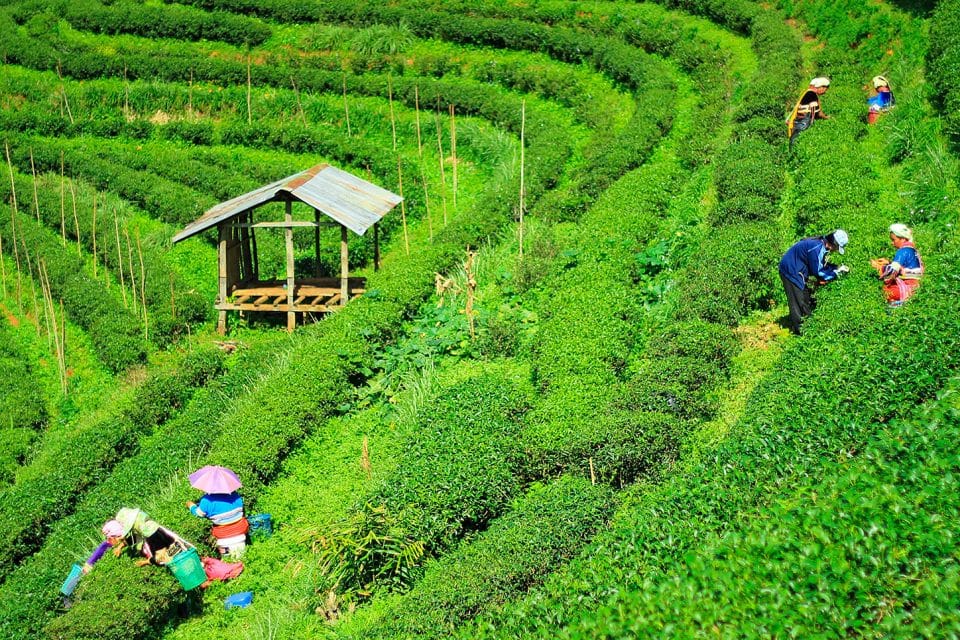
Where to Visit When Chiang Mai Gets Smoky
Although Northern Thailand (and Chiang Mai especially) is my favorite region in Thailand, it’s not the place to be during peak burning season. Head south instead!
If you’re looking for beaches and islands, consider heading down south to Krabi, Phuket, Koh Samui, or Koh Tao. These islands are home to some stunning white sand beaches with crystal clear waters that are perfect for snorkeling and island hopping. There are also plenty of activities to keep you busy.
Another great place to visit in Thailand is the ancient city of Ayutthaya. Located less than 75 miles north of Bangkok, it’s the perfect getaway if you want to escape the smog and pollution of Chiang Mai. Ayutthaya was once the capital of Siam, and its ruins are now recognized as a UNESCO World Heritage Site.
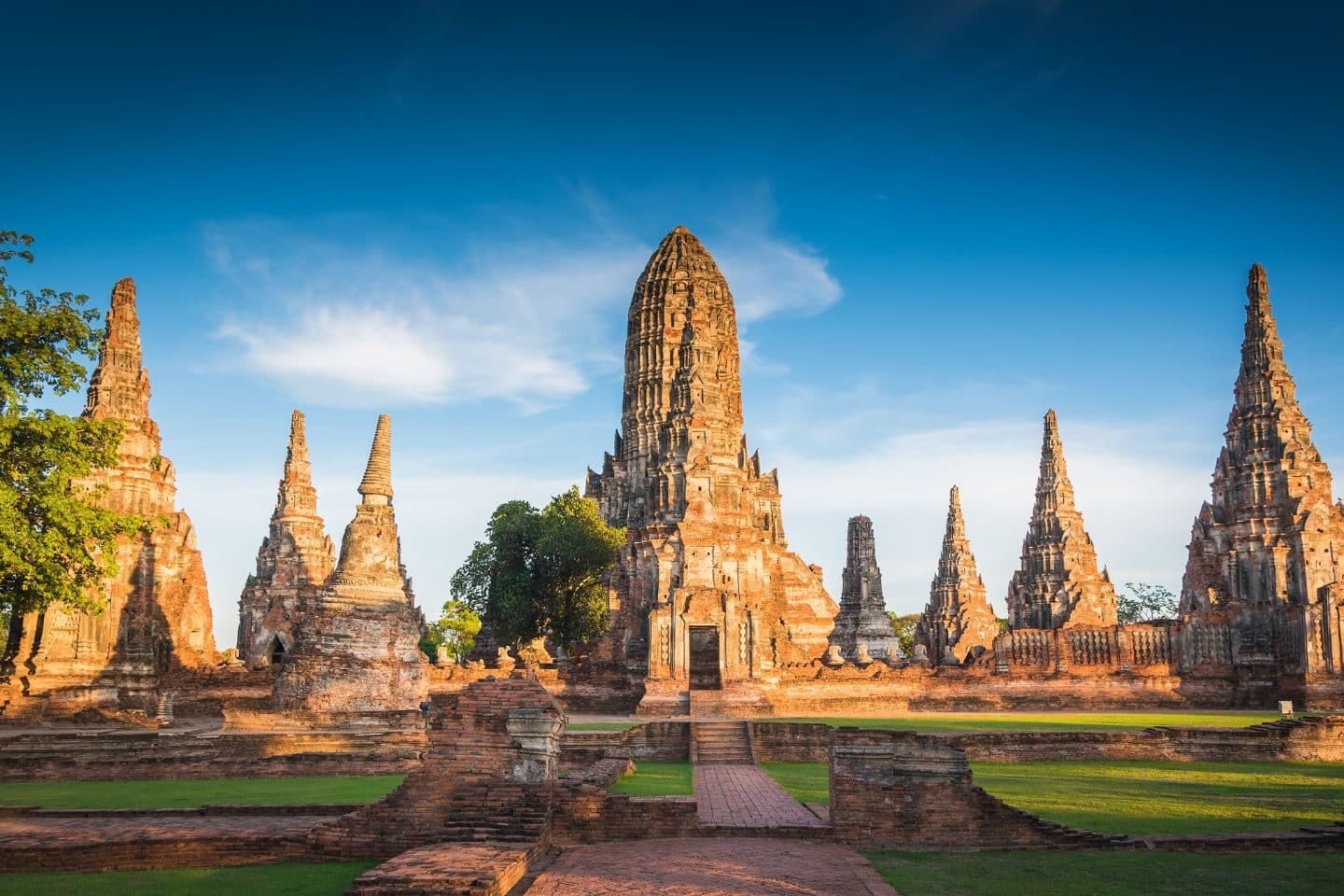
Conclusion: Burning Season in Thailand
Chiang Mai is the perfect destination for anyone looking to experience the culture and beauty of Northern Thailand.
Its temples are adorned with intricate sculptures and pieces of art, and its lush green forests are great for exploring. The night markets are a must-see, as they offer a wide variety of dishes and souvenirs.
There are also plenty of outdoor activities like zip lines, hikes, and more. What’s even better is that Chiang Mai’s temperatures remain relatively cool throughout the year (compared to Central and Southern Thailand).
As much as I love Chiang Mai, I do not recommend visiting during peak burning season. The worst of the burning season usually runs from February to April, and air quality can reach hazardous levels depending on the wind direction.
The good news is that the rest of the year makes for a great visit! Whether you’re looking to explore, relax, or experience Thai culture and cuisine, Chiang Mai should definitely be on your list. If you do make it there, make sure to try some of their delicious Khao Soi noodles!
If you do decide to visit during the burning season, it’s important to take precautions to stay safe. Always wear a mask when outdoors, especially if you experience symptoms like headaches or sore throat, even if you don’t notice the smoky air.
You should also avoid strenuous outdoor activities like jogging or trekking during this period. Make sure that you pay close attention to local air quality reports while you’re visiting Chiang Mai.
Heading to the Islands? Check out these Travel Guides that we wrote just for you!
Inspired? Pin it!
